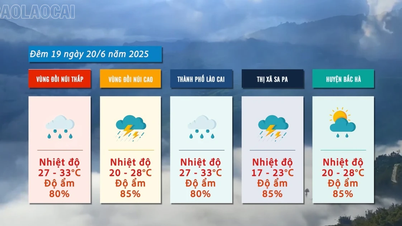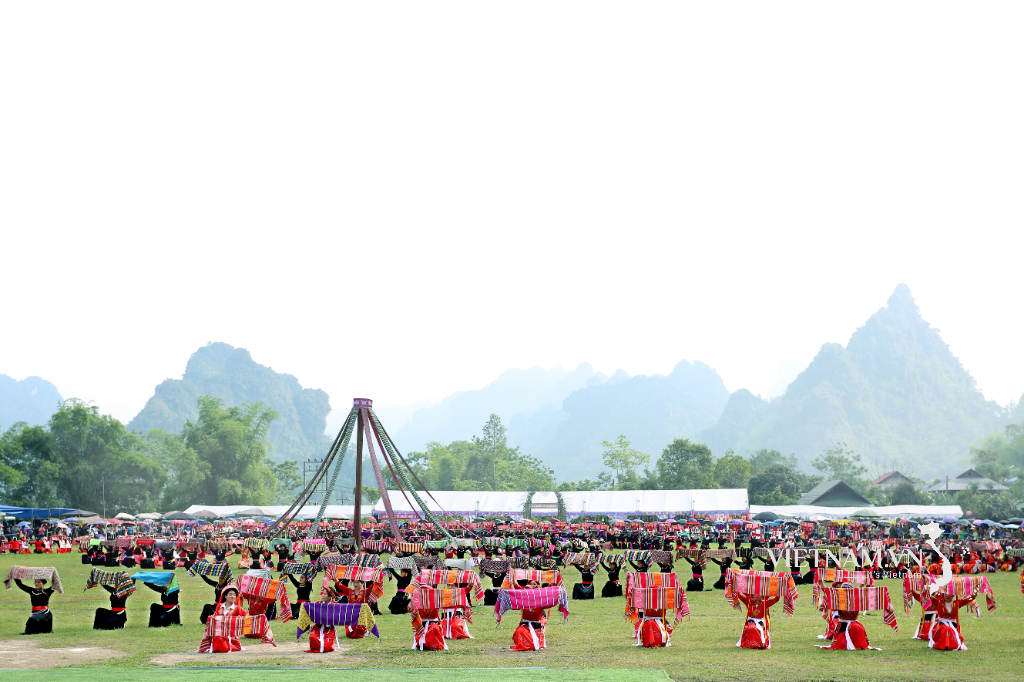
In Myitkyina, Kachin State, the Ayeyarwady River exceeded the warning level on July 1-2, forcing 2,064 households to evacuate. Meanwhile, in Hpakant Township in the same state, 386 affected households were evacuated on July 2. In addition, 188 households in Hkamti Township in Sagaing Region were also forced to leave their homes as the Chindwin River exceeded the warning level.
Local authorities, firefighters and rescue organizations have carried out rescue operations and evacuated flood victims. Affected people are taking shelter in relief centers in monasteries, churches and schools.
According to the Myanmar Meteorological and Hydrological Department, the water level of the Ayeyarwady River in Myitkyina was about 1.3 meters above the warning level on July 2, and the water level of the Chindwin River in Hkamti was about 1.6 meters above the warning level. The weather agency also advised people living near river banks and in low-lying areas in towns to take precautions.
In neighboring India, torrential rains in the northeast also caused major flooding that killed at least four people. According to government figures, more than a million people have been affected by the floods.
The Indian Meteorological Department has issued a warning for Assam and neighboring states of more flash floods. Floodwaters have damaged several roads. The air force has rescued 13 fishermen stranded on an island.
Large parts of Kaziranga National Park, a UNESCO WorldHeritage Site and home to the world's largest population of one-horned rhinos, have also been flooded. Forest rangers have been put on alert. Hundreds of animals have begun crossing the highway in search of higher ground.
Floods have also inundated large areas of Bangladesh, downstream from northeastern India. More than 1.3 million people have been affected, a government official said, with their villages submerged. Much of low-lying Bangladesh is made up of deltas where the Himalayan rivers Ganges and Brahmaputra slowly flow toward the sea.
Monsoon rains cause widespread devastation every year, but experts say climate change is altering weather patterns and increasing the number of extreme weather events.
Source







































































































Comment (0)